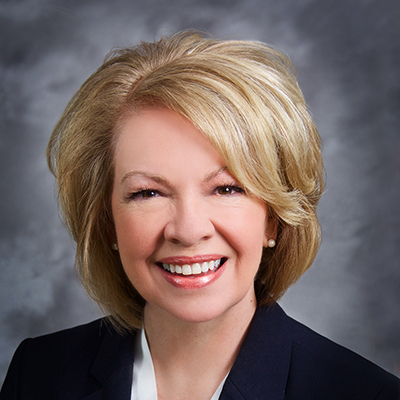

Parochial schools fulfilled the requirement. In the early 20th century the state of Iowa required all districts to have a school. All of these areas were predominantly Catholic, nearly 100%. Joseph's was one of seven parochial schools in the Davenport Diocese that operated as public schools. A 2½ story, frame, school building and convent, no longer extant, was built in 1904 to the north of the church. Eventually the school was staffed by the School Sisters of St. The parish supported a school that was begun as late as 1877 with a lay teacher. The number of parishioners declined as well and the parish was closed in the 1990s. The rectory was sold in 1972 and remains in place as a private home. Joseph’s lost its resident priest in 1969 and it was clustered with other parishes. As the numbers of clergy started to decline, St. As the 20th century progressed the German population at Bauer became more aligned with the mainstream American culture and the influence of ethnic traditions was reduced. It is a 2½-story, frame, American Foursquare dwelling. That same year a new rectory was built across the road from the church. The younger members of the parish had insisted up until that time that at least some of the sermons be preached in English. German remained the language used for sermons and church services, when Latin was not required, until March 1913 during the pastorate of the Rev. Other parishes were founded from Bauer in Melcher, Knoxville, Rose Mount, and Lacona. The plaster Stations of the Cross were added in 1916. A reed organ built by the Estey Organ Company of Brattleboro, Vermont was installed around 1900. In 1881 the parish became part of the Davenport Diocese when it was established.

Bells are dedicated to the honor of the saints ( Ad Honorem Sts.) and St. The pews were installed the following year, as were the bells in the tower. Joseph altar was installed sometime later. The high altar and the altar of the Blessed Virgin Mary were created by Buscher & Kramer and installed in 1880. Shortly after the church was built Father Wieland replaced Baumann as pastor. The finished church building was dedicated in 1876. Other members of the parish built the building. The clay for the bricks was excavated from the property, and the bricks were formed and fired on site under the direction of parishioner Jacob Metz. Limestone, which is abundant in this area, was from a quarry located southeast of the church and used for the foundation. The first rectory was built in 1873.īaumann blessed the cornerstone for the present church on October 3, 1875, and the Rev. John Baumann was assigned as the first resident parish priest. Its first two church buildings were log structures that were built on the same property of the present church. Initially, the parish did not have a resident priest and was served by priests located at St. The church building was built in 1876 under the leadership of Bishop John Hennessy. The parish was founded in the Diocese of Dubuque during the episcopate of Bishop Mathias Loras. The unincorporated village that was built around the church was later called Bauer after the family name of the area's earliest German settlers. Joseph's was founded in 1853 to serve German immigrants in a place in western Marion County called Newbern, or New Bern. The church building still stands and together with the adjacent cemetery comprises an historic district listed on the National Register of Historic Places. The closest communities are Melcher-Dallas and Lacona. It was part of the now defunct village of Bauer. The church is located in Dallas township in rural Marion County, Iowa, United States.

Joseph's Catholic Church is a former parish of the Diocese of Davenport.


 0 kommentar(er)
0 kommentar(er)
